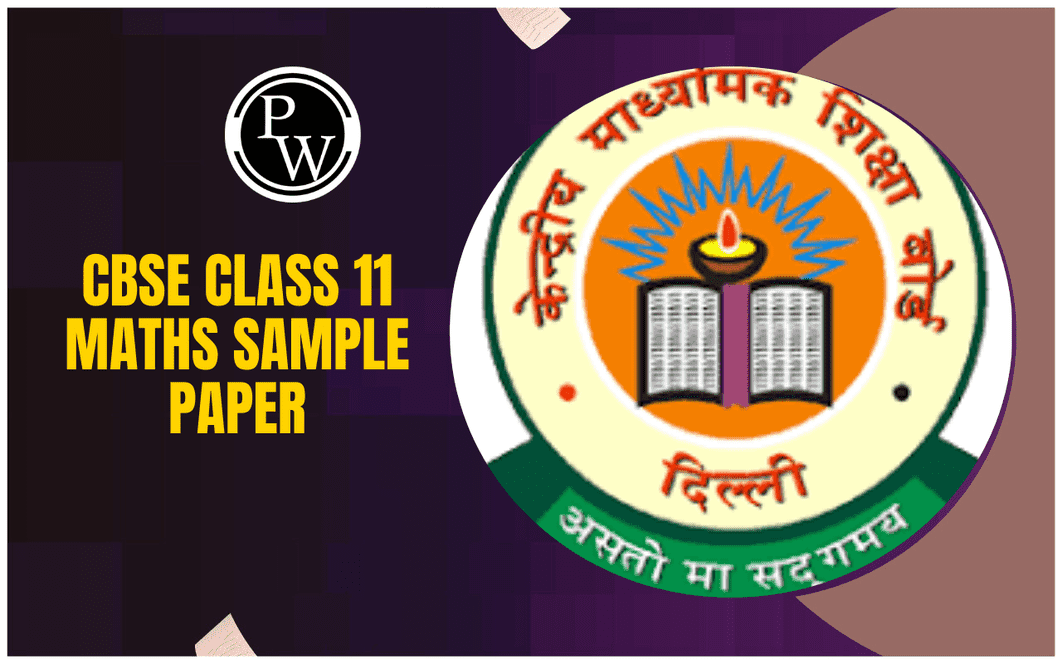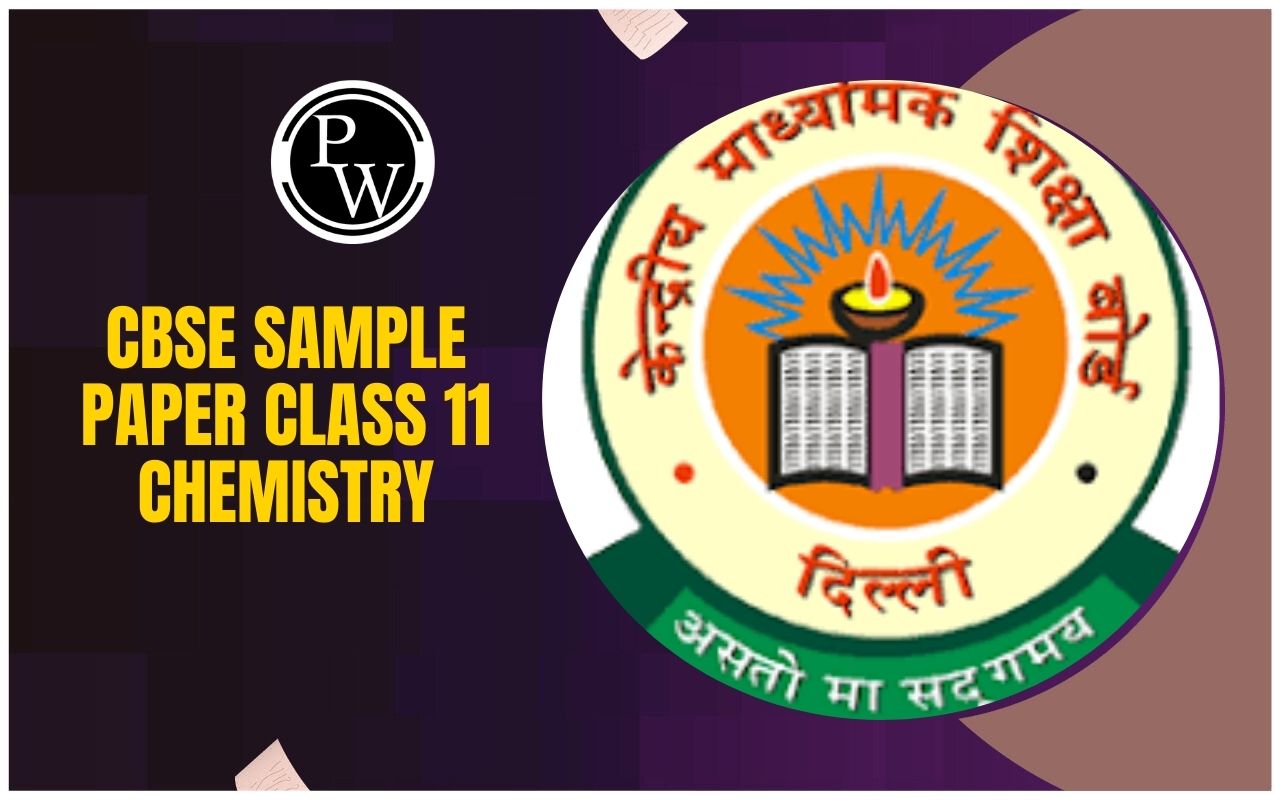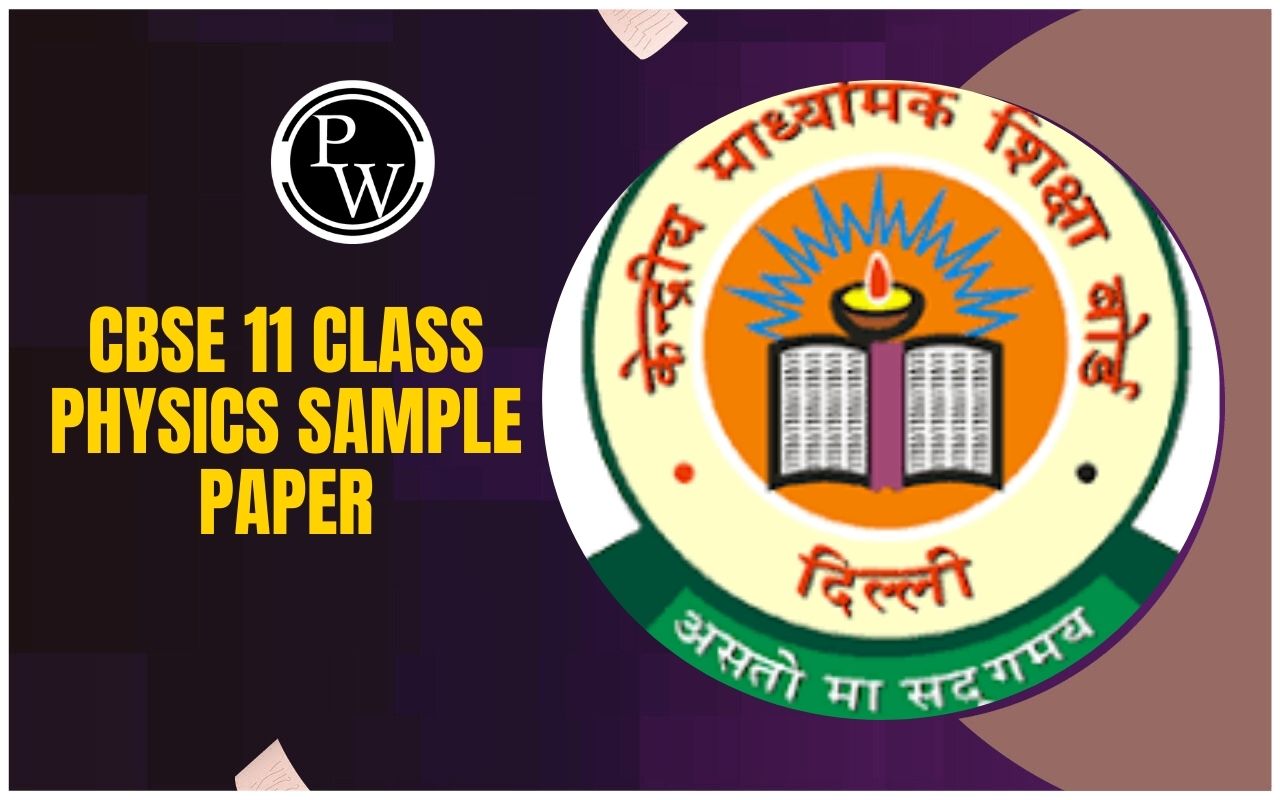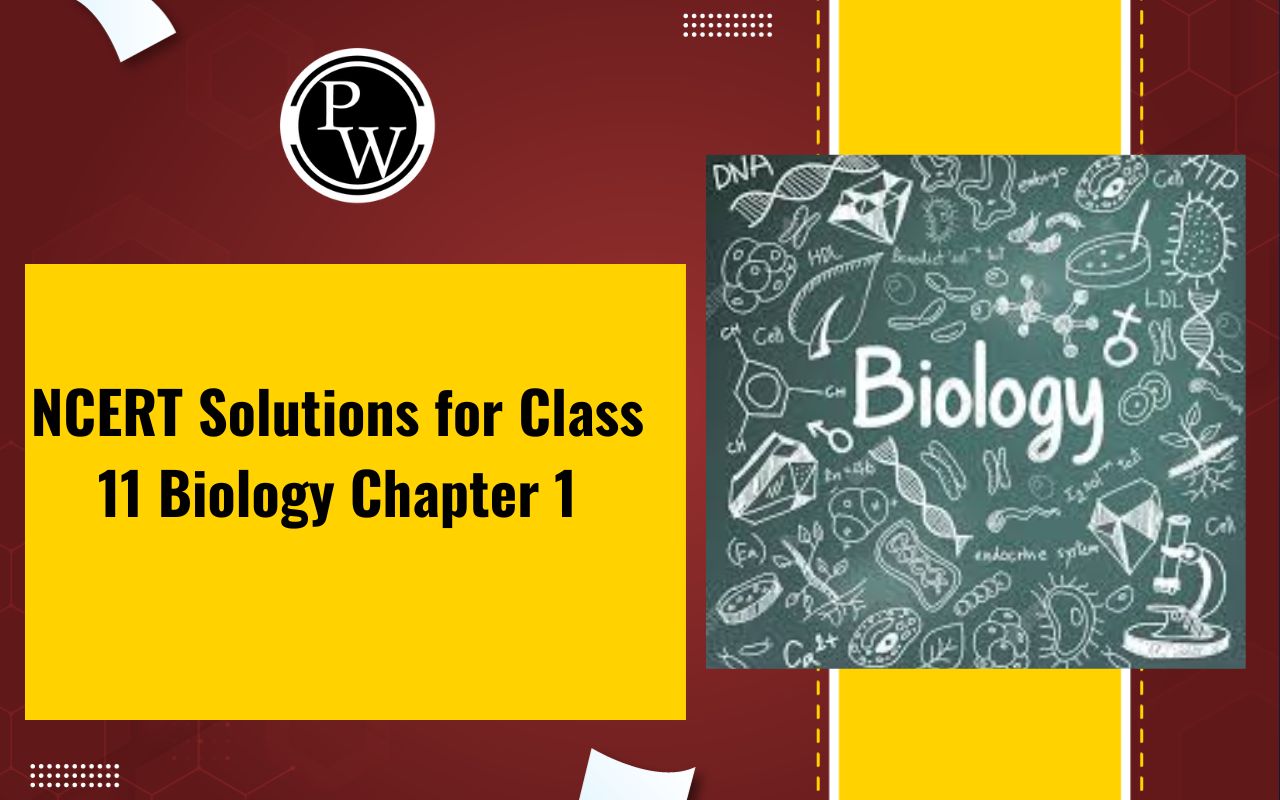
CBSE Class 11 Biology Notes Chapter 15: Plant growth and development are significant biological principles that have similar benefits to human growth and related subjects. Students must study the chapter from the Plant Growth and development Class 11 notes to gain a deeper understanding of all the concepts involved as well as many variations of the relevant themes.
The knowledgeable staff here carefully crafts the CBSE Class 11 Biology Notes Chapter 15 to assist students in getting ready and passing the test with flying colours.CBSE Class 11 Biology Notes Chapter 15 Overview
As to the current CBSE syllabus, students pursuing notes on Plant Growth and Development should be aware of the subjects addressed in this chapter. The subjects covered in CBSE Class 11 Biology Notes Chapter 15 on Plant Growth and Development are listed below.1. Growth
-
Plant Growth Generally is Indeterminate
-
Growth is Measurable
-
Phases of Growth
-
Growth Rates
-
Conditions for Growth
2. Differentiation, Dedifferentiation, and Redifferentiation
3. Development
4. Plant Growth Regulators
-
Characteristics
-
The Discovery of Plant Growth Regulators
-
Physiological Effects of Plant Growth Regulators (Auxins, Gibberellins, Cytokinins, Ethylene, Abscisic acid)
5. Photoperiodism
6. Vernalisation
7. Seed Dormancy
CBSE Class 11 Biology Notes Chapter 15 PDF
The CBSE Class 11 Biology Notes Chapter 15 are accessible as PDF files that you can download and view at your convenience on any device. Once downloaded, the file can be read offline. When needed, these notes can aid in the student's comprehension and memory of the material. This CBSE Class 11 Biology Notes Chapter 15 PDF is a great tool to help you do well on your tests.CBSE Class 11 Biology Notes Chapter 15 PDF
CBSE Class 11 Biology Notes Chapter 15
Growth
The plant's stem, roots, leaves, fruits, flowers, and seeds all develop organically. The following is the order in which the growth occurs: After finishing their vegetative phase, the plants go into their reproductive phase, when they create flowers and fruits to continue their life cycle. Growth and differentiation are the two processes that makeup development. Development and growth are governed by a small number of internal and external influences. Growth is the permanent, irreversible growth in a cell, organ, or organism's dry weight, size, mass, or volume. In most living things, it is internal. Cell division is the process by which plants grow by increasing the number and size of their cells. Growth is therefore a quantitative factor that may be time-based assessed. Because plants have the potential to grow infinitely over their lifetime, their growth is typically uncertain. Certain sections of a plant's body contain meristem tissues. The open form of growth refers to a plant's ability to produce new cells in its body as a result of meristem activity. Root Apical Meristem and Shoot Apical - Meristem causes the axis to elongate and cause the plant body to grow principally.Growth Rate
The increased growth per unit of time is known as the growth rate. Both arithmetic and geometric entities can create cells in a variety of ways. There are two techniques to quantify and compare the quantitative similarities or differences in the growth of living things: absolute growth (growth of a given system per unit time) and relative growth rate (growth of a given system per unit time).Growth is Measurable
Growth at the cellular level is defined as a rise in protoplasmic content. Often, it is challenging to quantify this rise. Nonetheless, we can quantify the growth in cell size, number, and quantity. The rise in fresh weight, length, dry weight, area, volume, and cell number are used to verify the growth measure. Some are measurable to gauge specific types of growth. The formative phase is the stage of cell division or creation. It occurs at the apex of the shoot, the root, and other areas that contain meristematic tissue. During the formative period of mitotic division, cells often have a relatively high respiration rate. Phase of Enlargement: During the formative phase, newly created cells will enlarge. This enlargement causes vacuoles to form, which in turn causes the volume of the cells to expand. In conducting tissues and fibres, cell enlargement occurs from all directions with maximum elongation. The Phase of Maturation is when enlarged cells undergo structural and physiological differentiation to become a certain type of cell. Geometric Growth: In this approach, growth starts slowly before picking up speed. Every cell divides. The daughter cells proliferate and divide, giving rise to more granddaughter cells and ultimately to exponential growth. In a unicellular creature, it is typical. The stationary phase and the fast-dividing exponential phase are both parts of the sigmoid growth curve. In their native environment, most living things exhibit something extremely similar.One can perform a quantitative comparison of the growth of living systems by
The measurement and comparison of total growth per unit of time is known as the absolute rate. The growth of a particular system per unit of time, expressed on a standard basis, is known as the relative growth rate.Condition for Growth
The necessities for growth are oxygen, water, and other components. Water is very important for all cell growth and for regulating turgidity. Another medium for enzymatic conditions is water. Protoplasm must form in the presence of water, and macro- and micronutrients serve as an energy source. The ideal temperature and other environmental factors are also necessary for plants. Differentiation is the process of maturation wherein the apical meristem-formed cells become specialised to fulfil a particular role. Even though they can no longer divide, differentiated live cells can do so again. Dedifferentiation, as in the case of the cork cambium and interfascicular cambium, is the term used to describe this phenomenon. During the process of redifferentiation, dedifferentiated cells become more mature and lose their ability to divide into new cells to fulfil new roles.Differentiation, Dedifferentiation And Redifferentiation
Differentiation: To perform distinct tasks, cells from the cambium, shoot apical meristems, and root differentiate and mature. Here, the cell walls and protoplasm both experience significant structural alterations. Dedifferentiation: In certain situations, differentiated cells that had previously lost their ability to divide can now divide again. A cork cambium that forms fully differentiated parenchyma cells is an example. Redifferentiation: During dedifferentiation, tissues and meristems split and generate new cells, but they no longer can divide. Instead, they develop to perform particular tasks. For instance, dicotyledonous plants experience redifferentiation in their woody tissues.Development
It is the sequence of events that occur in a cell, organ, or organism during its life cycle, encompassing growth, differentiation, germination of seeds, growth, flowering, senescence, and seed production. The steps involved in a plant cell's development are as follows: Plants produce various structures at different phases of growth and in reaction to their surroundings. The capacity to adapt to both internal and exterior stimuli—such as heterrophylly in cotton plants—is known as plasticity. Simple molecules with a variety of chemical compositions, such as compounds derived from carotenoids, indole, or adenine, are known as plant growth regulators. Known by its common name, indole-3-acetic acid (IAA), is auxin. It is generated at the tip of the stem and root, and it frequently moves to the location of the action.It serves the following functions:
-
Cell enlargement.
-
Cell division.
-
Apical dominance.
-
Induce Parthenocarpy.
-
Inhibition of abscission.
Gibberellins: Found in over 100 types, gibberellins are a promoter of PGR. They go by the numbers GA1, GA2, GA3, and so forth. Typically, gibberellic acid is used.
It serves the following functions:
-
Cell elongation.
-
Early maturity.
-
Seed germination.
-
Breaking of dormancy.
Cytokinins: Originally identified from the autoclaved herring sperm DNA as kinetin, a purine that is a modified version of adenine, they have specific effects on cytokinesis. The most prevalent types include kinetin, zeatin, etc. The roots are where they are mostly made.
Some of the Functions:
-
Cell division and cell differentiation.
-
Overcome apical dominance.
-
Promote nutrient mobilization.
-
Essential for tissue culture.
It serves the following functions:
-
Inhibition of longitudinal Growth.
-
Senescence.
-
Promote apical dominance.
-
Fruit ripening.
It can serve the following functions:
-
Bud dormancy.
-
Induce Parthenocarpy.
-
Seed development and maturation.
-
Leaf senescence.
Photoperiodism
The impact of photoperiods, or the length of daylight hours during the day, on a plant's growth and development—particularly its flowering—is known as photoperiodism. Based on their photoperiodic response, the blooming plants have been categorised into the following groups: Short-Day Plants: These are flowers that require light exposure for a less amount of time than this vital period to begin blossoming. Take xanthium, sugarcane, and potato rice, for instance. Long-Day Plants: These plants bloom when they require a longer photoperiod of light than what is considered crucial. Barley, radish, and lettuce, for instance. Day-Neutral Plants: Some plants, like beans and wild kidneys, can bloom all year round.Vernalisation
It is the method of using cold therapy to shorten the juvenile or vegetative period and accelerate the flowering process. Meristematic cells aid in the perception of the vernalization stimulation. Vernalization shortens a plant's vegetative time and promotes early flowering. Temperate plants such as rice, wheat, millet, etc. are covered by it.Benefits of CBSE Class 11 Biology Notes Chapter 15
- Professional educators and subject matter experts with a wealth of experience have created these revision notes.
- Students can rely on these error-free notes to help them study for their exams.
- All the topics covered in the chapter are covered in these revision notes, allowing you to prepare the chapter properly with the fewest resources possible.
- With the help of these notes, students can assess how well they comprehend the chapter and identify any gaps in their knowledge.
- These notes cover key topics from Chapter 15 of the NCERT book and adhere to the most recent syllabus set by the CBSE.
- Students can quickly and for free download the PDF.
CBSE Class 11 Biology Notes Chapter 15 FAQs
What are the notes of plant growth?
What is PGR in biology class 11?
What are the 7 stages of plant growth?










